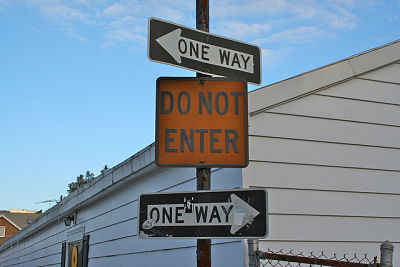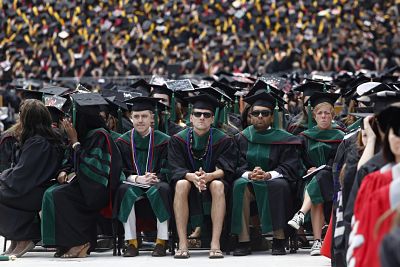This week, UAB became the first NCAA FBS (formerly Division IA) university to drop its football program. Despite becoming bowl eligible for the first time in ten years this season, the university administration decided that football was no longer affordable. In a news release, UAB President Ray Watts said that “football is simply not sustainable.” Predictably, the national media picked up on this theme and a series of stories highlighted the escalating costs associated with big time college athletics. These articles also questioned the viability of football for schools like UAB. Although a compelling storyline, I argue that there is more than meets the eye in the case of UAB. Clearly, the escalating expenses of college sports and football in particular are problematic. As a result, the move to drop football is likely the right one for UAB, but I believe this right decision was made for the wrong reasons.





